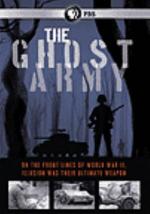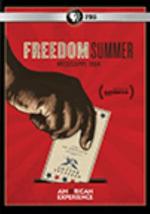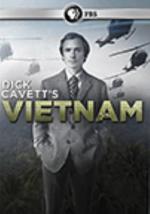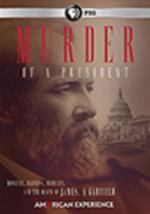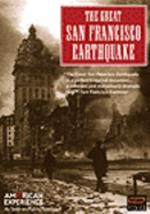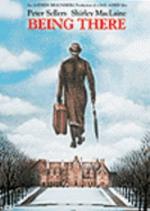The Ghost Army was officially known as the 23rd Headquarters Special Troops. From June 1944 to March 1945 it staged 20 battlefield deceptions, beginning in Normandy and ending at the Rhine River. These deceptions included an array of inflatables (tanks, trucks, jeeps, and airplanes), sound trucks, phony radio transmissions and even playacting to fool the enemy.
In the hot and deadly summer of 1964, the nation could not turn away from Mississippi. Over ten memorable weeks known as Freedom Summer, more than 700 student volunteers joined with organizers and local African Americans in a historic effort to shatter the foundations of white supremacy in one of the nation's most segregated states, even in the face of intimidation, physical violence, and death.
In 1948, the Soviet Union blocked access to West Berlin, starving the population and choking commerce. Allied forces refused to cede the city, and for nearly a year, supplied two million civilians and 20,000 allied solders entirely from the air. Through the personal stories of those who were there, this program provides a striking look at the first battle of the Cold War and the largest humanitarian campaign the world has ever seen.
